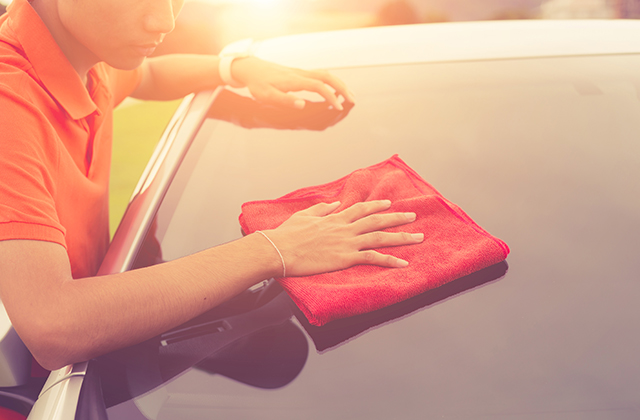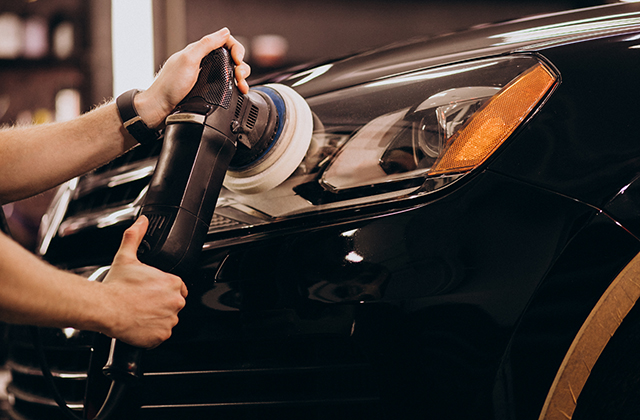
Car owners take pride in keeping their vehicles clean and well-maintained. A clean car not only looks good but also helps maintain its value and performance. However, the process of car cleaning goes beyond just a quick wash and wipe. There is a science behind it that involves understanding how dirt and grime accumulate, the impact of environmental factors, chemical reactions involved, and pro tips for maintaining your vehicle’s pristine look. If find time consuming to wash your car then use car pressure washer.
Introduction
Car cleanliness is not just about aesthetics, but it also plays a crucial role in maintaining the longevity and performance of your vehicle. Regular cleaning helps prevent the buildup of dirt, grime, and contaminants that can damage your car’s paint, finish, and interior surfaces. Additionally, a clean car provides a more enjoyable driving experience and reflects positively on the owner’s personality and lifestyle.
The Science of Car Cleaning
To truly understand the art of car cleaning, one must delve into the science behind it. Dirt and grime accumulate on your vehicle’s surface due to various environmental factors such as dust, pollution, bird droppings, tree sap, and UV rays. These contaminants not only dull the appearance of your car but can also cause abrasions and scratches if not cleaned promptly.
Moreover, environmental factors can trigger chemical reactions on your car’s surface, further deteriorating its appearance. For instance, bird droppings and tree sap contain acids that can react with the paint and cause etching, discoloration, and permanent damage. Similarly, UV rays from the sun can oxidize the paint, causing it to fade and lose its luster.
Understanding these factors is crucial in formulating an effective car cleaning routine that not only removes dirt and grime but also protects your vehicle from further damage.
Pro Tips for Maintaining Your Vehicle’s Pristine Look
- Regular washing and drying: Washing your car regularly is the foundation of proper car cleaning. It helps remove dirt, grime, and contaminants from the surface, preventing them from causing damage. However, it’s essential to use the right technique and car cleaning products to avoid scratching the paint. Always use a gentle car wash soap, a microfiber mitt or sponge, and rinse with clean water. After washing, make sure to dry your car thoroughly to prevent water spots.
- Importance of using proper car cleaning products: Using the right car cleaning products is crucial for maintaining your vehicle’s pristine look. Avoid using harsh detergents, household cleaners, or abrasive materials as they can damage your car’s paint and finish. Instead, opt for high-quality car wash soaps, detailing sprays, and waxes that are specifically formulated for automotive use. These products are designed to remove dirt and grime effectively without harming your car’s surface.
- Exterior detailing techniques: Proper exterior detailing techniques can greatly enhance your car’s appearance. Techniques such as clay barring, polishing, and waxing can help remove embedded contaminants, restore the shine and smoothness of your car’s paint, and provide long-lasting protection. Clay barring involves using a specialized clay bar to remove contaminants that are bonded to the paint surface, such as tar, tree sap, and industrial fallout. Polishing helps to remove swirl marks, scratches, and oxidation, while waxing adds a protective layer to the paint, guarding against UV rays, dirt, and water spots.
- Interior cleaning and maintenance: The interior of your car also requires regular cleaning and maintenance to keep it looking pristine. Vacuuming the carpets, seats, and floor mats helps remove dirt, crumbs, and debris that can accumulate over time. Wiping down the dashboard, door panels, and other surfaces with a mild cleaner helps to remove dust, fingerprints, and stains. It’s also essential to clean and condition any leather or vinyl surfaces to prevent cracking and fading. Regularly cleaning the windows, mirrors, and upholstery can help maintain the overall cleanliness and comfort of your car’s interior.
- Protecting your car’s paint and finish: Applying a protective layer to your car’s paint and finish can help keep it looking pristine for longer. This can be achieved through waxing, sealants, or ceramic coatings. Waxing provides a temporary protective layer that repels dirt, water, and UV rays, while sealants and ceramic coatings offer more durable and long-lasting protection. These products create a barrier between your car’s paint and the environment, helping to prevent damage from contaminants and oxidation.
- Dealing with tough stains and odors: Despite regular cleaning, your car may still encounter tough stains and unpleasant odors. Stains from spilled food or drinks, ink, or pet accidents can be challenging to remove. It’s important to address these stains promptly using appropriate stain removers or seeking professional help if needed. Additionally, odors from cigarette smoke, mold, or mildew can linger in your car’s interior. Using odor eliminators, airing out your car, and keeping it clean and dry can help combat these unpleasant smells.
- Professional car cleaning services: If you want to ensure your vehicle’s pristine look without the hassle of DIY cleaning, professional car cleaning services can be a great option. These services often offer specialized cleaning techniques, products, and equipment to thoroughly clean and detail your car’s interior and exterior. They can also provide additional services such as paint correction, paint protection film installation, and engine bay cleaning. However, it’s essential to choose a reputable and experienced car cleaning service to ensure the best results.
Conclusion
In conclusion, car cleaning is not just a matter of aesthetics, but also a science that involves understanding how dirt and grime accumulate, the impact of environmental factors, chemical reactions involved, and pro tips for maintaining your vehicle’s pristine look. Regular washing and drying, using proper car cleaning products, employing exterior detailing techniques, regular interior cleaning and maintenance, protecting your car’s paint and finish, dealing with tough stains and odors, and considering professional car cleaning services are all essential aspects of car cleaning that can help you maintain your vehicle’s appearance and value. Visit us to check our car cleaning products.

